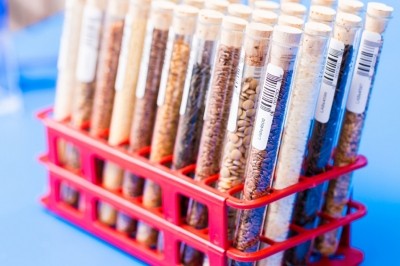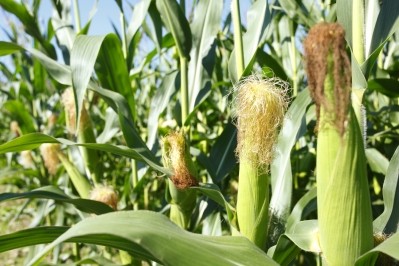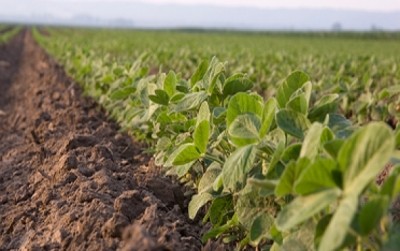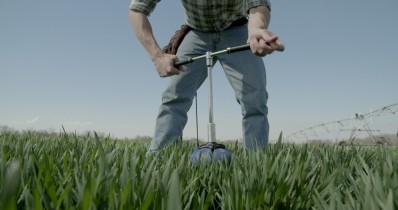Special Edition: Crop Science
US researchers see alfalfa yield boost using irrigation technique

Researchers at the University of California at Davis are seeing positive responses and 10-30% higher crop yields when SDI systems are used with alfalfa, said Dan Putnam, extension specialist in the Department of Plant Sciences at the University of California, Davis.
The first year of testing the system shows it also may mitigate some negative effects arising out of limited water supply, he said.
Putnam told us: “That’s one of the incentives for looking at better techniques for water application, and the other is on the yield side.”
Subsurface drip irrigation (SDI) is a low-pressure irrigation system that uses polyethylene driplines, which are permanently buried below the soil surface. The drip irrigation network is buried at a certain depth, applies small amounts of water on a frequent basis and places it directly into the root zone of the crop.
In California, about 80-85% of producers use a form surface or flood irrigation, where water is guided through fields using small levies, said Putnam. About 2% use drip irrigation and the rest have sprinklers.
“In situations like this year, where we just don’t have enough water to go around, what do you do with agricultural production?” he said. “Lack of water has huge feed implications for the dairy industry, as well as alfalfa producers and agricultural communities.”
Tests and results
With the SDI system, his group has found 10 to 30% higher yields in alfalfa production, said Putnam. Some farmers, using the irrigation technology, have reported 10 to 15 tons per acre when the state average is about seven tons an acre.
Putnam also ran several small test plots with about 15 different strains of alfalfa, he said. A few, but not all of the varieties were genetically modified.
The team looked at how alfalfa would react to the use of an SDI system when there was limited water availability, he said. The trial plots included ones that received about half or about 75% of the water needed for a full production.
“On the 75% [irrigation], we had a cold treatment that stopped in August,” he said. “The other 75% treatment we had on full, up to July 1, and then at 50% from July through October.”
For the trial plots that did not receive the full amount of water, the plots getting 50% of the water allotment produced about 80% of a full yield, he said. The plots getting 75% of the water yielded more than 90% of an average yield, and both watering systems had similar results.
“That’s the first year, and we don’t know what will happen next year,” he said. “But this is a crop that is very flexible to water needs – if you don’t kill the crop, you can adjust your water needs during drought situations.”
More years of data are needed before conclusions can be made about the production of the different varieties being tested, he said.
The benefits to production likely stem from the ability to better control the water and that it can deliver nutrients directly to plant roots, said Putnam. It also offers the ability for a field to be recharged much more quickly than with other forms of irrigation.
Financial implications
There are some labor savings in that the irrigation system can be automated, he said. However, it also is a system that faces two primary challenges.
“It’s a costly system,” he said. “It’s an investment of $1,200-2,500 an acre, depending on the system and if the water is already pressurized and things like that.”
The SDI system also can be damaged by rodents, who can cause leaks by chewing the lines, he said. “We’re working with some of the companies to figure out solutions to that,” he added.










